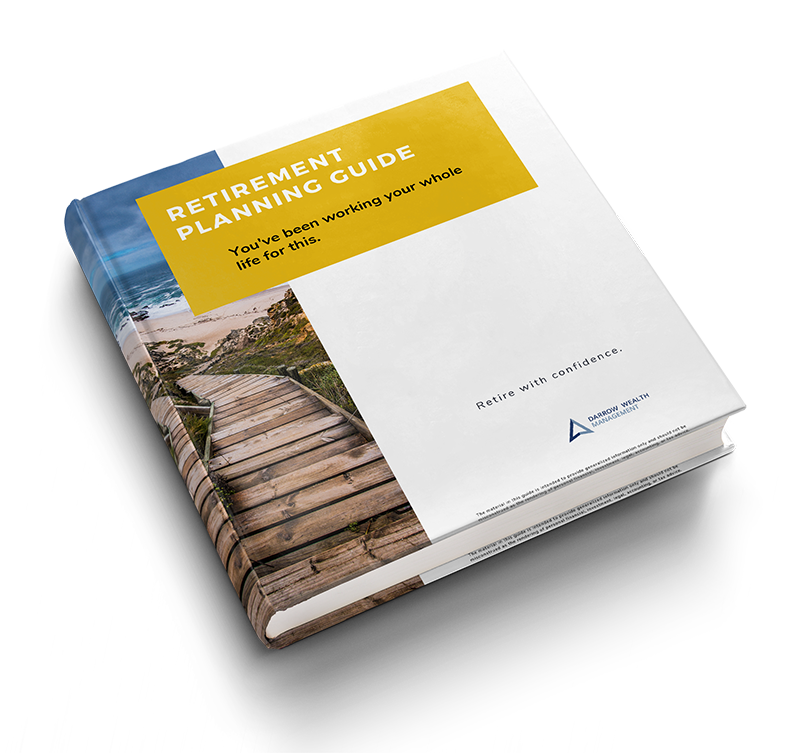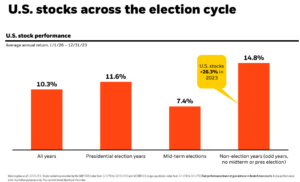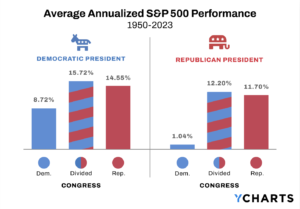Updated for 2024. Many individuals have heard of the backdoor Roth before, but the mega backdoor Roth is getting a lot of attention recently. Here are the differences between the regular backdoor Roth vs the mega backdoor Roth, who can use these strategies, and who may actually want to consider them.
Backdoor Roth
Roth IRAs have several unique benefits compared to other types of retirement accounts. But there are income limits on regular contributions preventing high-earning taxpayers from utilizing this strategy. Enter the backdoor Roth.
In a backdoor Roth, investors make a non-deductible contribution to a traditional IRA and then quickly convert it to a Roth IRA. Speed is an important element as you will owe tax on any investment earnings. No earnings, no additional taxation.
This strategy only works if you don’t have any other traditional IRAs. Otherwise, the pro rata rule applies. The pro rata rule essentially prevents individuals from being able to choose whether to withdraw pre-tax or only after-tax money by mandating distributions be partially taxable based on a pro-rata formula.
Among others, the pro rata rule is one of the major downsides in making non-deductible IRA contributions.
To qualify for a non-deductible IRA contribution to start the backdoor Roth strategy, you must:
- Have earned income
- Be above the tax deductibility phase-out limits for the year
- Contribute the lesser of: $7,000 (plus $1,000 if age 50+) or earned income in 2024
Backdoor Roth Pros
- Once you have the accounts set up and are familiar with the paperwork to process the contribution and subsequent conversion, it’s fairly easy to repeat each year
- Given the contribution limits, this strategy isn’t particularly capital intensive
Backdoor Roth Cons
- Due to the relatively low funding limits, unless you plan to use this strategy annually going forward, it might not make much of a difference in the context of your long-term financial and tax plan
- Tax filing requirements for reporting non-deductible IRA contributions and Roth conversions are easily missed or neglected
- Many taxpayers also have pre-tax assets in a traditional IRA. Due to the pro rata rule discussed above, this strategy loses its efficacy in this situation
Mega backdoor Roth
If you have a lot of extra cash flow and the ability to supercharge your savings, a mega backdoor Roth might be something to consider – if your company’s 401(k) plan allows it.
Before getting into the specifics of how this strategy works, first determine whether you’re able to consider it at all.
Mega backdoor Roth requirements:
- Your employer 401(k) or profit-sharing plan must allow after-tax, non-Roth contributions
- The plan must also permit in-plan rollovers to a dedicated Roth account (a Roth 401(k)) or allow in-service non-hardship withdrawals
- Separate plan accounting of pre-tax vs after-tax contributions. Although not a requirement for the plan or to do a mega backdoor Roth, the pro rata rule will apply unless the plan clearly separates pre and post-tax contributions and earnings. So from a practical standpoint, it’s a necessity
Assuming you can do a mega backdoor Roth, here’s how it works:
- You max out individual additions to your 401(k): $23,000 in 2024 or $30,500 if 50+.
- Then, you make after-tax (non-Roth) contributions up to the annual maximum (combined employee and employer). In 2024, this is $69,000 ($76,500 if 50+). If your employer offers matching or profit-sharing contributions, this will reduce how much is left for you to contribute. But this is a good problem to have.
- You then elect an in-plan Roth 401(k) rollover/conversion (if your plan has one and allows this) or you can roll the after-tax contributions into a Roth IRA, paying tax on the earnings, if any.
Mega backdoor Roth IRA pros
- Due to the dollar amounts, this supercharged strategy can really move the needle in your overall retirement savings and tax-free Roth asset bucket Even if you’re only at a company that permits this for a few years, it can still be worthwhile, assuming it makes sense in the context of the rest of your financial situation
- If you can keep the entire mega backdoor Roth strategy in-plan, it can be fairly easy to execute for the individual
Mega backdoor Roth IRA cons
- Most individuals don’t have the flexibility to maximize the benefits of this strategy, especially on an after-tax basis
- Even when individuals have the means to use this strategy, it might not work at the plan level. Essentially, 401(k) plans must pass various testing requirements. This includes participation from ‘highly compensated employees’ or HCEs relative to ‘non-highly compensated employees’ or NHCEs. If only the HCEs are making after-tax contributions (as stands to reason), the plan may be forced to return a portion of the contributions to HCE participants if it fails the test
A note on Roth strategies
Deciding to layer a Roth strategy on top of deductible retirement contributions is a different situation than deciding between either pre-tax or Roth savings. In the latter, you’ll have other factors to consider. At the heart of the pre-tax or after-tax decision is whether your current tax bracket is likely to be lower than your tax bracket in retirement. For high earners in prime working years, this may not be the case.
Also consider whether you’re likely to need the money before retirement and your other goals. Yes, you may be able to access Roth funds tax and penalty free if you meet certain requirements, but a brokerage account can also provide opportunities, including tax and estate planning techniques unavailable in retirement accounts.
Secure Act 2.0 changes things
The passing of Secure Act 2.0 at the end of 2022 includes many changes to the Roth rules. Starting in 2026, catch-up contributions for taxpayers age 50 and older must be Roth. There’s an exception for those with wages $145,000 or less. However, if the plan doesn’t permit catch-up contributions to be made in Roth form, no participant may make catch-up contributions.
In addition, effective now, employers can choose to offer matching or non-elective contributions as Roth. The employee must include the amounts in their income for the year. But this is another way investors looking to get more retirement savings into the Roth bucket can accomplish it.
Last reviewed February 2024










